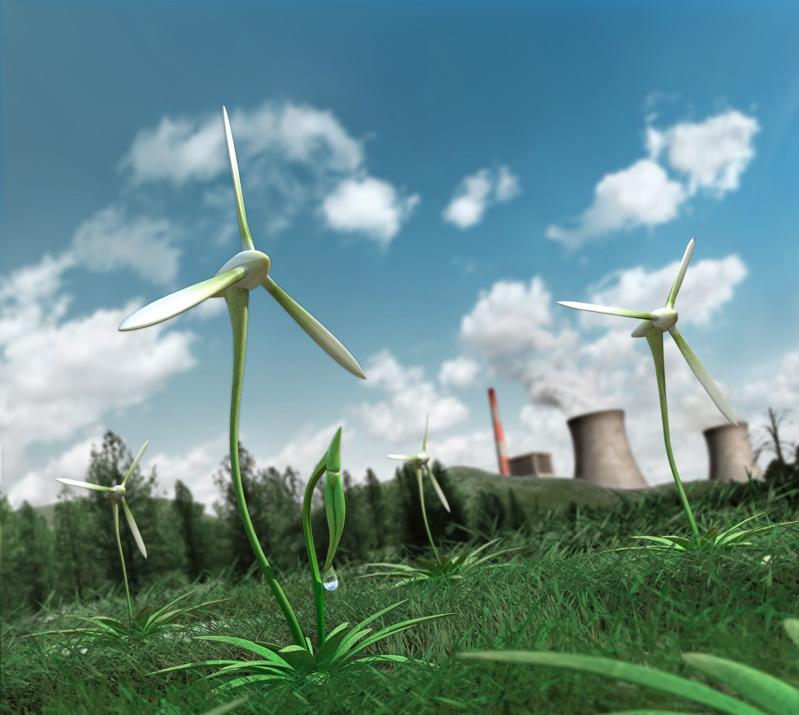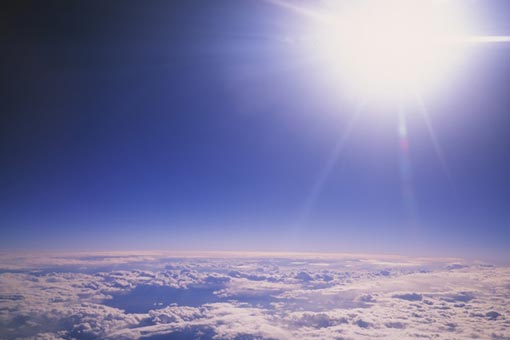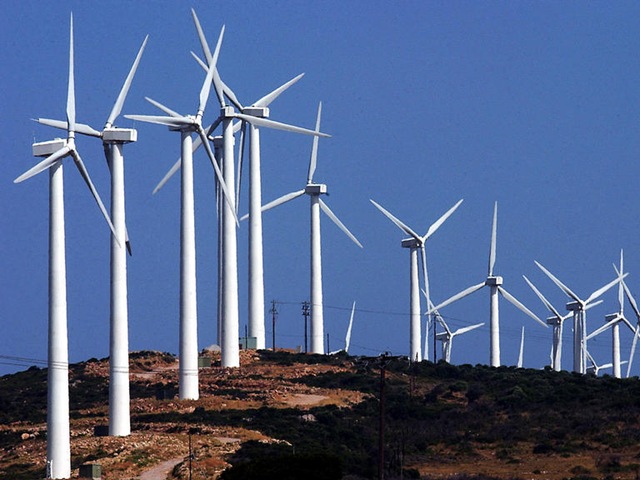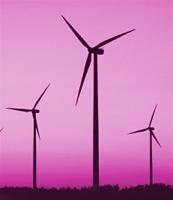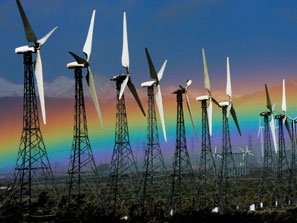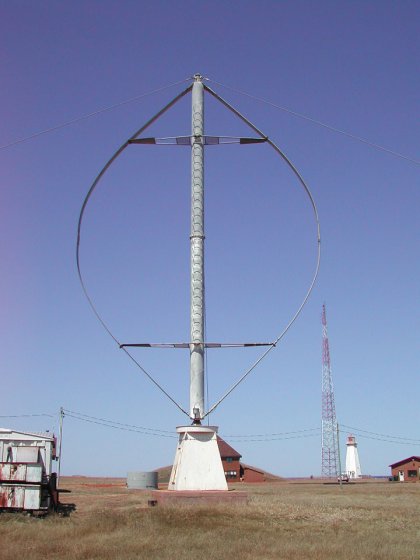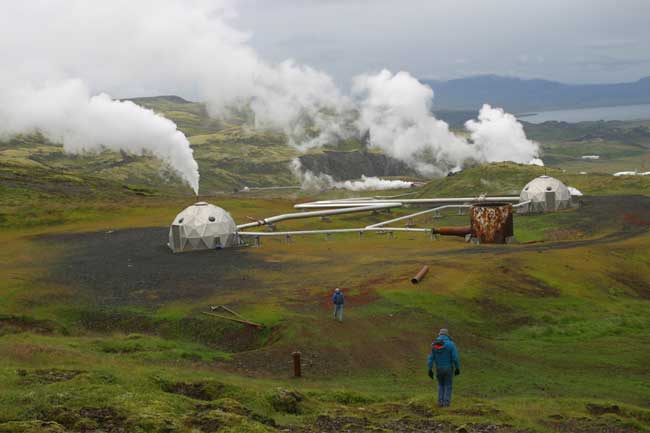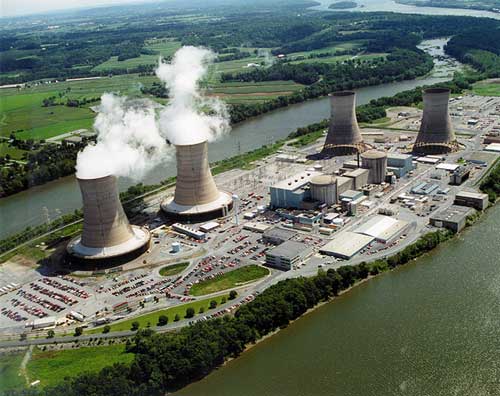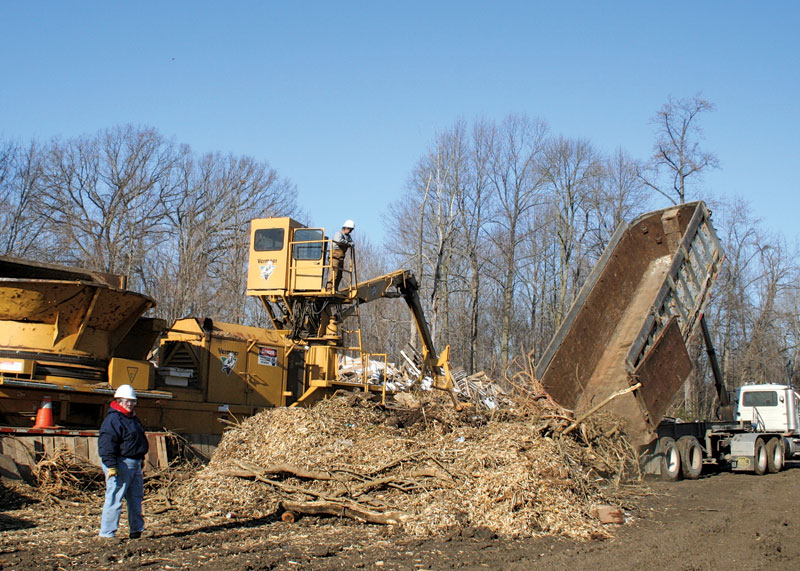In Layman terms, Energy is the amount of force or power when applied can move one object from one position to another or Energy defines the capacity of a system to do work. Energy exists in everybody whether they are human beings or animals or non living things for eg: Jet, Light, Machines etc..
Energy can have many forms: kinetic, potential, light, sound, gravitational, elastic, electromagnetic or nuclear. According to the law of conservation of energy, any form of energy can be converted into another form and the total energy will remain the same. For eg: a laborer when pushes the pile of bags, his potential energy stored inside him is converted into the kinetic energy from the movement of matter or when you burn the wood it's chemical energy is converted into the heat energy or when you charge your mobile phone the electrical energy is converted into the chemical energy which gets stored inside the battery's molecules.
The many different natural and renewable energy technologies highlighted throughout the website are by no means breakthrough. Many of the renewable energy technologies have been around for years, and as time goes by, are increasing in efficiency.
What are the sources of energy?
Energy are broadly classifies into two main groups: renewable and Non-renewable.
Renewable Energy
Renewable energy is energy which is generated from natural sources i.e. sun, wind, rain, tides and can be generated again and again as and when required. They are available in plenty and by far most the cleanest sources of energy available on this planet. For eg: Energy that we receive from the sun can be used to generate electricity. Similarly, energy from wind, geothermal, biomass from plants, tides can be used this form of energy to another form.
